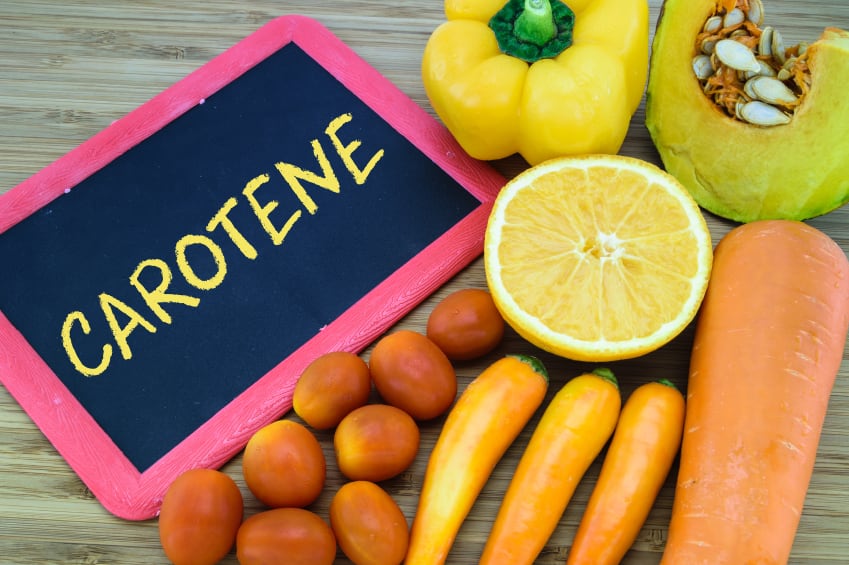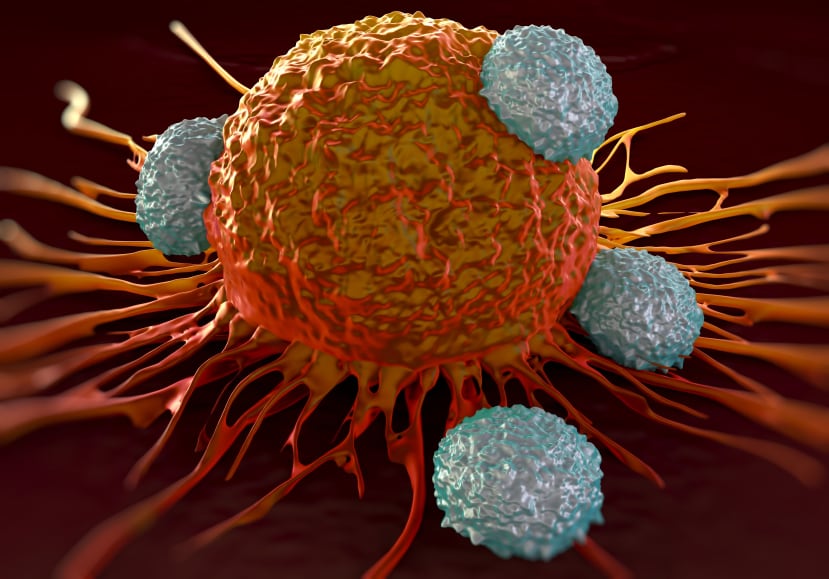While new developments, such as increasing the range of food textures, colours and tastes have been made possible by nanotechnology, the wait is still on for this innovation to truly enhance the function of food.
For example, through ‘smart foods’ micronutrient delivery could be programmed to deliver vital nutrition to the body at a specific location at a designated time.
Or perhaps a nutrient could be resized to achieve a more potent antioxidant effect or an optimum absorption rate in the gut.
The global nanofood market is projected to increase from €6.6 billion to €19bn by 2020, with further business interest adding to the 1200 companies around the world currently working in nano research.
Researchers have also estimated that there may be up to 1600 nanotechnology-based products available worldwide today. However numbers for this technology in food and food-related applications appear limited.

Notable innovations currently being used in the health supplements industry include Pharmanex’s Lifepak Nano, a nutritional supplement that uses CR-6 LipoNutrient nanomaterial to make fat-soluble vitamins like carotenoids and CoQ10 more available to the body without altering its function.
Individual molecules are separated using nano encapsulation, a process that is said to increase the bioavailability of coenzyme Q10 by 5–10 times.
Further afield is New-Zealand based Skybright Natural Health, which use nano silver in their Colloidal Silver Liquid range to boost the immune system and aid the body in natural healing.
With its silver particles measuring 1-5 nanometres (nm) suspended in water, the positive charge generated are said to contribute to the health benefits claimed.
European interests are represented by Aqua Nova’s NovaSOL, a solubilisation technology, which turns active ingredients water soluble improving the bioavailability of this active ingredient.
This is achieved via liquid carriers made up of lipid molecules arranged in a spherical form (micelle) that transport the active materials or substances in an ultrafine structure.
Measuring a double-figure nanometre range, these micelles are also found in the human body rendering the fat-soluble nutrients such as vitamins A, D, E and K, absorbable in the body.
Legislation landscape
Considering the impact nanotechnology is having on areas of food and nutrition, the innovation is not considered the stumbling block in its growth.
Instead ongoing regulation remains one of the biggest obstacles for nanoscience research.
The last major piece of legislation the European Food Safety Authority (EFSA) published was back in 2011, where guidance on nanoscience and its relevance to food safety was outlined.
Here, it provided industry recommendations on how to evaluate the potential risks of nanotechnology when applied to food that included supplements, additives, enzymes, flavourings, food contact materials and novel foods.
EFSA has also begun work on an update of its 2011 guidance, with a public consultation on course for the first half of 2018.
Meanwhile, the European Commission’s definition of engineered nanomaterial is expected this year after a number of delays saw it pushed back from September/October of last year.
Nutrient delivery safety aspects

The delay in coming up with a universally-agreed set of recommendations is in some part due to the difficulty in assessing its degree of risk to the public.
As with any use of a novel material used in a novel way, nanotechnologies in the food industry may present potential risks.
Certain nanoparticles have shown negative effects on tissues including inflammation, oxidative stress and early indications of tumour growth.
Other materials only show toxicity at the nanoscale. One experiment demonstrated that single-walled carbon nanotubes inhibited human embryo kidney cell growth and negatively impacted on cell growth and cell turnover.
But it’s not only safety and risk that are the only barriers. Speaking to NutraIngredients Dr Wayne Morley, a Leatherhead Food Research expert said: "It comes down to benefits."
"The whole nanotechnology area is first of all down to the benefits that it brings over non nano-based technologies, and secondly whether those benefits can be communicated effectively to consumers or not."
Future progress
Also noted is the progress nanotechnology has made in the pharmaceutical sector, particularly in the nano delivery of drugs and medicines – a parameter that has immediate and tangible benefits.
With food and nutrients the benefit is not as obvious. Nanotechnology’s prime advantage here is long-term, with an enhanced approach in how food supplements deliver their nutritional bioavailability and bio-efficacy benefits.
One example could see engineered nanocapsules, such as partially hydrolysed alpha-lactalbumin self-assemble, enhancing the delivery of functional ingredients to the intestinal cell by increasing bioaccessibility and bioavailability.
Or perhaps the use of nanofibre materials, which will one day encapsulate probiotics and bioactive compounds to protect or even enhance their survival while passing through the upper gastro-intestinal tract.
